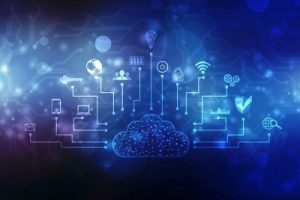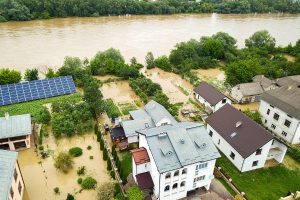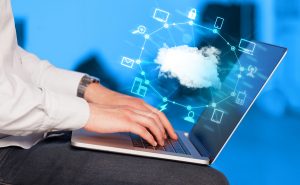
Cloud computing has long been heralded as a more efficient computing model that allows resources to be quickly scaled up and down as needed to achieve cost savings. Initial fears about security--namely the idea of trusting a third party with network access and data--have been overcome as individual organizations have been unable to keep up with the complex threat landscape. Increasingly, these organizations have turned to cloud providers to gain the security expertise and the resources needed to protect their data and systems. As the use of cloud has increased, benefits beyond cost savings and security have emerged in some surprising areas.
Attracting and Retaining Talent
As organizations, particularly government employers, look to fill critical talent gaps both in technology positions and in operational roles, they have to provide a modern work experience. The best way to do that is by being a "cloud native" organization--one that embraces cloud services to build and deliver digital solutions. Today's workforce is used to managing their personal lives with digital applications, and expects to be able to do the same in their work lives. A recent poll showed that 83% of government leaders expect the transition to digital government to improve employee job satisfaction and engagement within their organization. Continue reading







